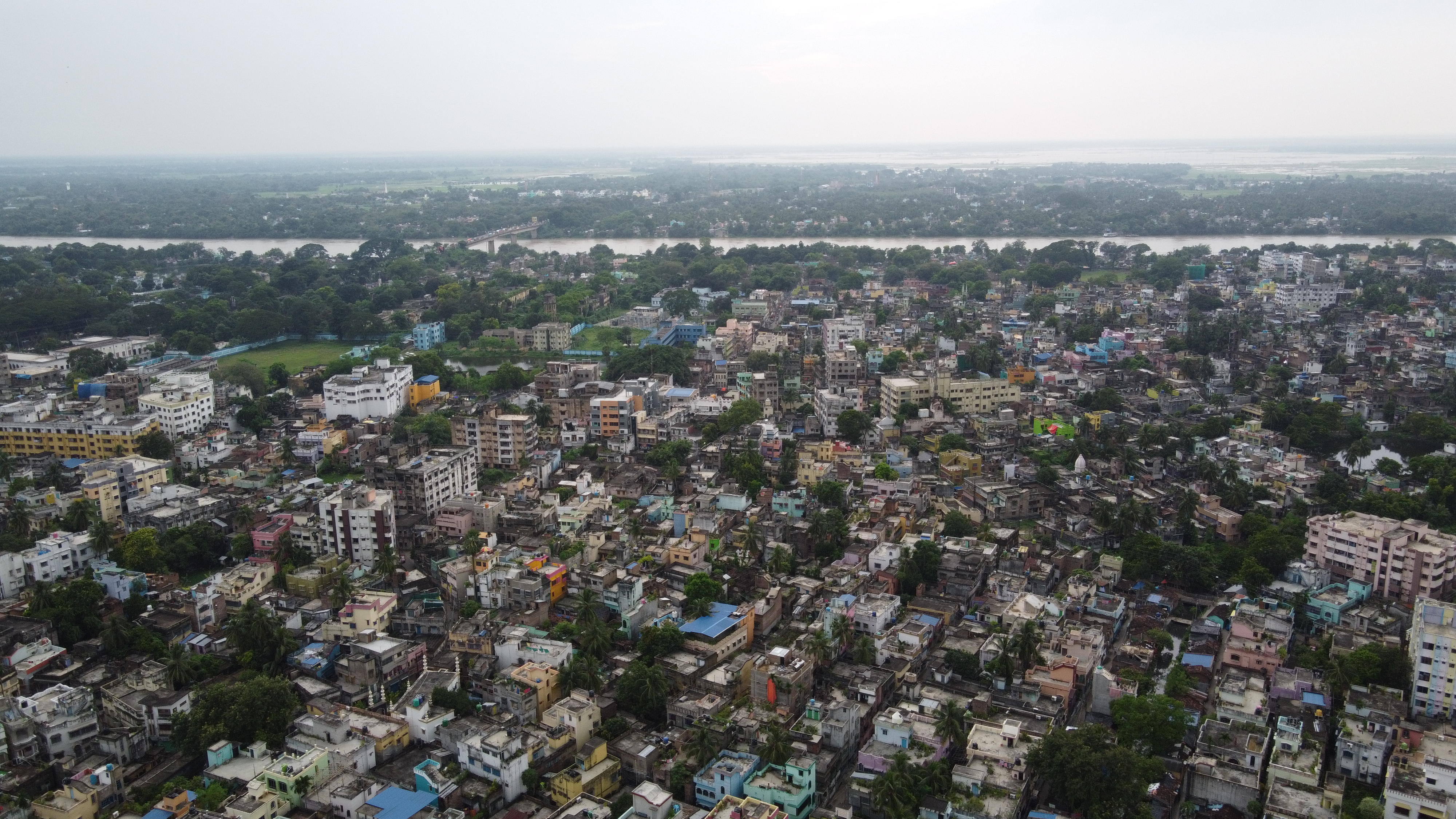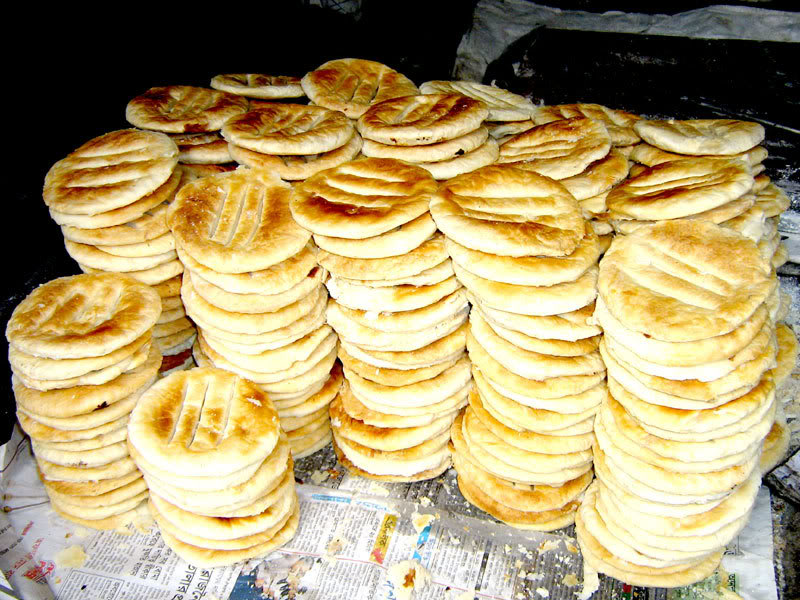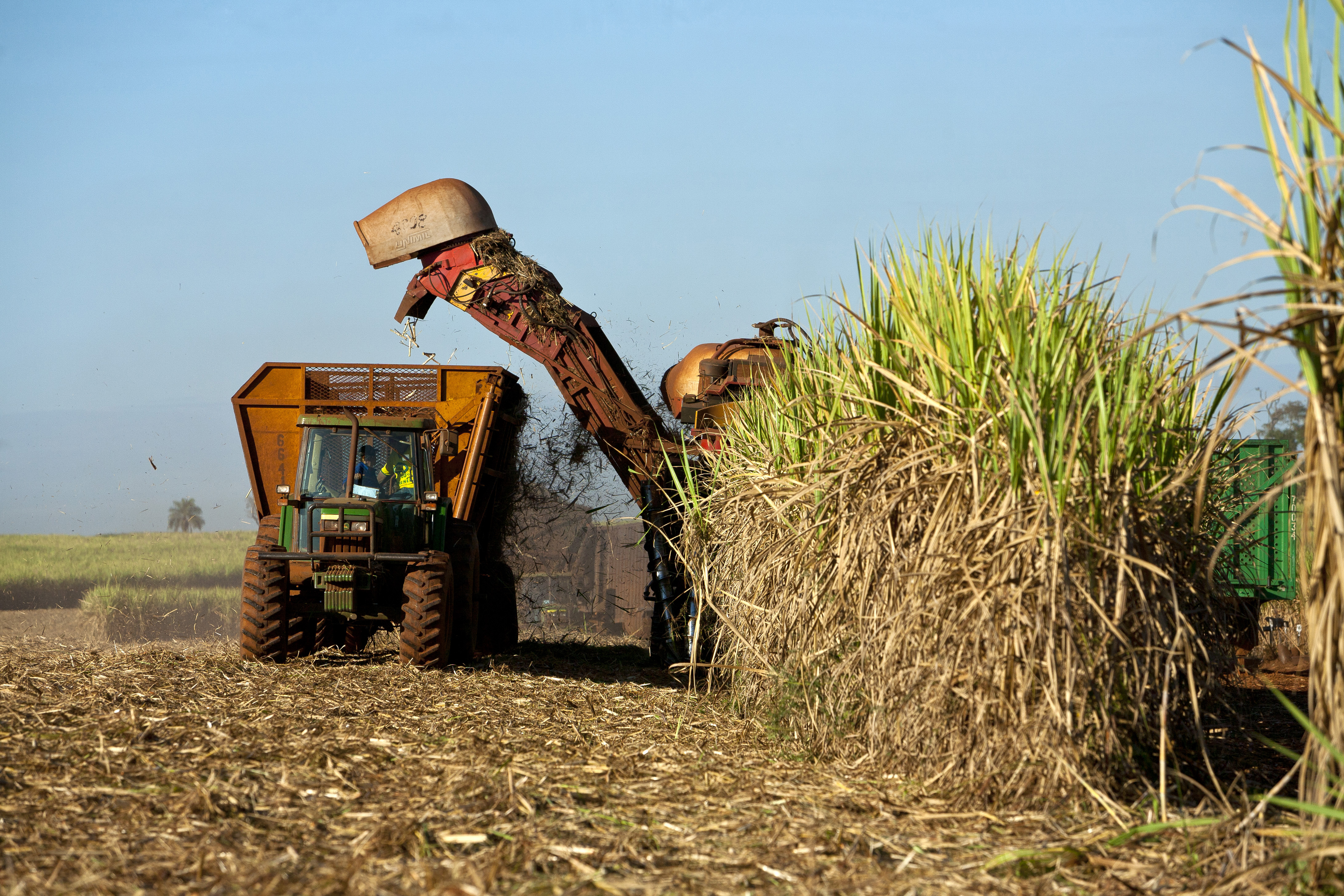|
Patisapta
Patisapta pitha is a traditional Bengali sweet dish usually made during winters. It is a type of ''pitha'' made from rice flour, and is often filled with coconut, jaggery or sweetened condensed milk. Both coconut and kheer are used as fillings for patisapta. Patisapta is mentioned in the Chandikavya written by the poet Mukundaram Chakrabarti Kabikankan Mukundaram Chakrabarti () was a 16th-century Bengali poet who is best known for writing the epic poem Chandimangal, which is considered one of the most prominent works of Mangalkavya, one of the most important sub-genres of medieval Be ... in the late 16th century. References {{Reflist Pitha ... [...More Info...] [...Related Items...] OR: [Wikipedia] [Google] [Baidu] |
Pitha
Pithas () are a variety of food similar to pancakes, dumplings or fritters, originating from India and Bangladesh. Pitha can be sweet or savoury, and usually made from a dough or batter, which is then steamed, fried or griddled. Very few varieties are oven-baked or boiled, and most are unleavened and cooked on a stovetop (or equivalent). Some versions may have a filling, garnish, or sauce. Few may be set or shaped after cooking. They are typically eaten as a snack with chai, or as treats during special occasions (similar to mithai). Pitha is especially popular in Bangladesh and the eastern Indian states of Bihar, Uttar Pradesh (eastern parts), West Bengal, Odisha, Jharkhand, the South Indian state of Kerala, and the Northeast Indian states, especially Assam. Pithas are typically made of rice flour, although there are some types of pitha made of wheat flour. Less common types of pitha are made of palm or ''ol'' (a local root vegetable). Preparation Pithas are primarily made from ... [...More Info...] [...Related Items...] OR: [Wikipedia] [Google] [Baidu] |
Kheer (Bengali Sweets)
Kheer or Meoa () is a sweet from the Bengal region of the Indian subcontinent. It is not only a sweet by itself, but it is also used as the main ingredient of many other sweets. In North India, Kheer (Payesam) is a type of rice pudding. But in Bengal, in the same spelling and sound, Kheer is a completely different dish. It is very similar to the Khoa but with its own distinct flavor and texture. Kheer, a type of evaporated milk, is primarily made using cow or buffalo milk. The process involves boiling pure milk for an extended period, typically over an hour, to reduce it to one-third of its original volume. This concentrated form of milk is known as Kheer. Sometimes, ingredients like sugar, arrowroot, or Suji (semolina) are added during boiling to enhance sweetness and create a different flavor profile. However, the traditional version of Kheer, without these additions, is known for its authentic and distinct taste. Preparation Process To prepare Kheer (evaporated milk), cow o ... [...More Info...] [...Related Items...] OR: [Wikipedia] [Google] [Baidu] |
Berhampore
Berhampore (), also known as Baharampur (), is a city and a municipality in the state of West Bengal, India. Berhampore is the administrative headquarters of the Murshidabad district. As of 2011 census, Berhampore is the seventh largest city in West Bengal. It is located about from Kolkata, the state capital. Berhampore is one of the most important business, administrative, educational and political hub of Bengal as well as of India. It is one of the most popular urban agglomerations of West Bengal state. Berhampore was the first centre of East India Company in India. Not only the British but also the Dutch and the French established their companies in this city and, as a result, it grew as a production hub of India. It is famous for its famous sweets such as Chanabora, Manohara, Rasgulla and many more. The city is divided into five administrative regions: Gora Bazar, Khagra, Indraprastha, Cossimbazar, Haridasmati. Berhampore was a part of Sepoy Mutiny of 1857 which too ... [...More Info...] [...Related Items...] OR: [Wikipedia] [Google] [Baidu] |
Indian Subcontinent
The Indian subcontinent is a physiographic region of Asia below the Himalayas which projects into the Indian Ocean between the Bay of Bengal to the east and the Arabian Sea to the west. It is now divided between Bangladesh, India, and Pakistan. (subscription required) Although the terms "Indian subcontinent" and "South Asia" are often also used interchangeably to denote a wider region which includes, in addition, Bhutan, the Maldives, Nepal and Sri Lanka, the "Indian subcontinent" is more of a geophysical term, whereas "South Asia" is more geopolitical. "South Asia" frequently also includes Afghanistan, which is not considered part of the subcontinent even in extended usage.Jim Norwine & Alfonso González, ''The Third World: states of mind and being'', pages 209, Taylor & Francis, 1988, Quote: ""The term "South Asia" also signifies the Indian Subcontinent""Raj S. Bhopal, ''Ethnicity, race, and health in multicultural societies'', pages 33, Oxford University Press, 2007, ; Q ... [...More Info...] [...Related Items...] OR: [Wikipedia] [Google] [Baidu] |
Bangladeshi Cuisine
Bangladeshi cuisine has been shaped by the region's history and river-line geography. Bangladesh has a tropical monsoon climate. The staple foods of Bangladesh are rice and fish. The majority of Bangladeshi people are ethnic Bengali, with a minority of non-Bengalis, many used to cuisines from different traditions and regions. History Bangladeshi culinary habits were strongly influenced by the cuisine and culture of the area's history of Mughal rulers. Dhaka was the Mughal capital of the Bengal Subah and a major trading center in South Asia. Traders, immigrants and visitors brought culinary styles from around the world, which influenced the city's cuisine. After Dhaka became the capital of East Bengal, Persian, Turkish and Arabic-influenced dishes became popular. Black pepper and '' chui jhal'' were used to add spiciness before chili was introduced from the Americas. Culinary style and influences Rice is the staple food of Bangladesh, while fish is the most common source ... [...More Info...] [...Related Items...] OR: [Wikipedia] [Google] [Baidu] |
Indian Cuisine
Indian cuisine consists of a variety of regional and traditional cuisines native to the Indian subcontinent. Given the diversity in soil, climate, culture, ethnic groups, and occupations, these cuisines vary substantially and use locally available spices, herbs, vegetables, and fruits. Indian food is also heavily influenced by religion, in particular Hinduism and Islam, cultural choices and traditions. Historical events such as invasions, trade relations, and colonialism have played a role in introducing certain foods to India. The Columbian exchange, Columbian discovery of the New World brought a number of new vegetables and fruits. A number of these such as potatoes, tomatoes, Chili pepper, chillies, peanuts, and guava have become staples in many regions of India. Indian cuisine has shaped the history of international relations; the spice trade between India and Europe was the primary catalyst for Europe's Age of Discovery. Spices were bought from India and traded around ... [...More Info...] [...Related Items...] OR: [Wikipedia] [Google] [Baidu] |
Snack
A snack is a small portion of Human food, food generally Eating, eaten between meals. Snacks come in a variety of forms including Food packaging, packaged snack foods and other processed foods, as well as items made from fresh ingredients at home. Traditionally, snacks are prepared from a number of ingredients commonly available at home without a great deal of preparation. Often Lunch meat, cold cuts, fruits, leftovers, Nut (fruit), nuts, sandwiches, and Candy, sweets are used as snacks. With the spread of convenience stores, packaged snack foods became a significantly profitable business. Snack foods are typically designed to be portable, quick, and satisfying. Food processing, Processed snack foods, as one form of convenience food, are designed to be less perishable, more durable, and more portable than prepared foods. They often contain substantial amounts of Sugar substitute, sweeteners, preservatives, and appealing ingredients such as chocolate, peanuts, and specially d ... [...More Info...] [...Related Items...] OR: [Wikipedia] [Google] [Baidu] |
Breakfast
Breakfast is the first meal of the day usually eaten in the morning. The word in English refers to breaking the fasting period of the previous night. Various "typical" or "traditional" breakfast menus exist, with food choices varying by regions and traditions worldwide. History In Old English, a regular morning meal was called , and the word ''dinner'', which originated from Gallo-Romance ''desjunare'' ("to break one's fast"), referred to a meal after fasting. Around the mid-13th century, that meaning of ''dinner'' faded away, and around the 15th century "breakfast" came into use in written English to describe a morning meal. Anderson, p. 5 Ancient breakfast Ancient Egypt In Ancient Egypt, peasants ate a daily meal, most likely in the morning, consisting of soup, beer, bread, and onions before they left for work in the fields or work commanded by the pharaohs. The traditional breakfast believed to have been cooked in ancient Egypt was fūl (made from fava beans, possib ... [...More Info...] [...Related Items...] OR: [Wikipedia] [Google] [Baidu] |
Rice Flour
Rice flour (also rice powder) is a form of flour made from finely milled rice. It is distinct from rice starch, which is usually produced by steeping rice in lye. Rice flour is a common substitute for wheat flour. It is also used as a thickening agent in recipes that are refrigerated or frozen since it inhibits liquid separation. Rice flour may be made from either white rice, brown rice or glutinous rice. To make the flour, the Rice hulls, husk of rice or paddy is removed and raw rice is obtained, which is then ground to flour. Types and names By rice Rice flour can be made from Indica rice, indica, Japonica rice, japonica, and wild rice varieties. Usually, rice flour ( zh, c=米粉, p=mǐfěn, , , , , , , , , ) refers to flour made from non-glutinous white rice. When made with glutinous rice (or sweet rice), it is called glutinous rice flour or sweet rice flour ( zh, c=糯米粉, p=nuòmǐ fěn, Japanese language, Japanese: ; Romanization of Japanese, romanized: ''shirat ... [...More Info...] [...Related Items...] OR: [Wikipedia] [Google] [Baidu] |
Coconut
The coconut tree (''Cocos nucifera'') is a member of the palm tree family (biology), family (Arecaceae) and the only living species of the genus ''Cocos''. The term "coconut" (or the archaic "cocoanut") can refer to the whole coconut palm, the seed, or the fruit, which botanically is a drupe, not a Nut (fruit), nut. Originally native to Central Indo-Pacific, they are now ubiquitous in coastal tropical regions and are a cultural icon of the tropics. The coconut tree provides food, fuel, cosmetics, folk medicine and building materials, among many other uses. The inner flesh of the mature seed, as well as the coconut milk extracted from it, forms a regular part of the diets of many people in the tropics and subtropics. Coconuts are distinct from other fruits because their endosperm contains a large quantity of an almost clear liquid, called "coconut water" or "coconut juice". Mature, ripe coconuts can be used as edible seeds, or processed for Coconut oil, oil and Coconut milk, ... [...More Info...] [...Related Items...] OR: [Wikipedia] [Google] [Baidu] |
Jaggery
Jaggery is a List of unrefined sweeteners, traditional non-centrifugal cane sugar consumed in the Indian subcontinent, Southeast Asia, North America, Central America, Brazil and Africa. It is a concentrated product of Sugarcane juice, cane juice and often Date (fruit), date or Arecaceae, palm plant sap, sap without separation of the molasses and crystals, and can vary from golden brown to dark brown in colour. It contains up to 50% sucrose, up to 20% invert sugars, and up to 20% moisture, with the remainder made up of other insoluble matter, such as wood ash, proteins, and bagasse fibres. Jaggery is very similar to muscovado, an important sweetener in Portuguese cuisine, Portuguese, British cuisine, British and French cuisine. Etymology Jaggery comes from Portuguese terms , , borrowed from Malayalam (), which is borrowed from Sanskrit (). It is a wikt:Appendix:Glossary#doublet, doublet of wikt:sugar#English, sugar. Origins and production Jaggery is made of the products o ... [...More Info...] [...Related Items...] OR: [Wikipedia] [Google] [Baidu] |
Chandimangal
The Chandimangal () is an important subgenre of mangalkavya, the most significant genre of medieval Bengali literature. The texts belonging to this subgenre eulogize ''Chandi'' or ''Abhaya'', primarily a folk goddess, but subsequently identified with Puranic goddess Chandi. This identification was probably completed a few centuries before the earliest composition of the Chandimangalkavya. Most of the texts of this subgenre comprises two unrelated narratives. The narrative of Kalketu and Phullara is known as the ''Akhetik Khanda'' (hunter section), and the narrative of Dhanapati and his wives, Lahana and Khullana is known as the ''Banik Khanda'' (merchant section). Both of these narratives were probably mentioned in a sloka of the Brihaddharma Purana (Bangabasi edition, Uttarkhanda, Ch.16) also. In Mukundaram's work an additional section, ''Deb Khanda'' is found. This section comprises the narratives of Sati (Goddess), Sati and Parvati and has mostly followed the Puranas.Sen, Sukumar ... [...More Info...] [...Related Items...] OR: [Wikipedia] [Google] [Baidu] |









